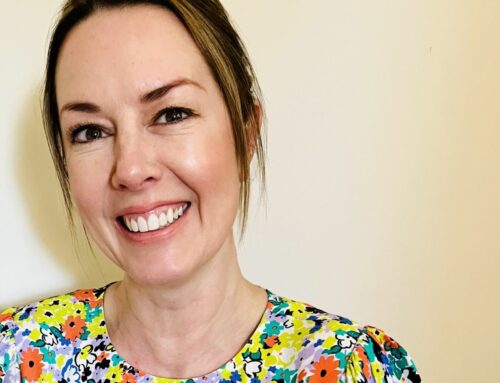THE cost of living crisis is forcing families to sell their cars, according to October’s Startline Used Car Tracker.
Almost one in four (23%) say they already or are going to reduce the number of cars in their family while 61% say that tightening personal finances have changed their attitudes to car ownership for the worse.
Paul Burgess, CEO at Startline Motor Finance, said: “There’s probably more than one trend happening here. The first is that some two car families are switching to one in order to cut their outgoings, something for which we hear anecdotal evidence.
“However, there is also no doubt some families that are really feeling the pinch of the cost of living crisis have had to become carless, which is something that could have a real and very negative impact on their work and family lives.
“It’s always worth underlining that our monthly research looks at attitudes – it tracks how people are thinking about behaving as well as what they are actually doing – so there is almost certainly not many cars yet being sold but these latest findings make it clear that running a vehicle is becoming much more difficult for the many families hit by the cost of living crisis.”
The Startline Tracker also found that 59% were looking to switch to cheaper to run, while almost a third (29%) would buy a car with a smaller engine, and 21% simply a smaller car.
Motorists also appear to be turning away from petrol and diesel as a result of the cost of living crisis, with 19% saying they would look next for a hybrid car and 15% electric.
Burgess said: “As most people know, there is a massive shortage of used cars in the UK at the moment, something that is unlikely to change in the medium term, and the market remains really very buoyant largely as a result of this fact and ongoing demand.
“However, the research shows we’re likely to see consumer preference shift towards smaller models as they try to cut their outgoings. Cars capable of better MPG – as well as hybrids and EVs – could become much more in-demand quite quickly. Whether there are sufficient numbers of these models in the market to meet this demand is very much open to question.”
There are some signs that used cars are becoming better buys with people who say they are unattractive because of high prices having fallen from 83% in August to 50% now.
Burgess said: “There has been a slight fall in used car prices this year and there will probably be another during the next few months. Although these are quite small percentages, perhaps potential buyers are noticing. There is certainly an argument that used cars are becoming better value, certainly compared to ongoing price rises for new cars.”
The Startline Used Car Tracker is compiled for Startline Motor Finance by APD Global Research, well-known in the motor industry for their business intelligence reporting and customer experience programs. This month, 304 consumers and 55 dealers were questioned.
New data from iVendi also shows increased levels of used car finance rejections, underlining the need to construct the “best possible” lender panel to meet changing market conditions.
Figures released by the company comparing this year-to-date compared to the same period in 2021 show that while the percentage of customers being rejected for their first choice lender has barely changed at a 0.1% increase, second choice rejections have climbed by 3.0% and third choice by 4.6%.
Darren Sinclair, Chief Commercial Officer, said: “These figures are based on more than 450,000 applications through our platform across a wide range of lenders, so there is a strong probability that they are representative of trends across the used car sector as a whole.
“What is happening here, almost certainly, is that the cost of living crisis and generally poor state of the economy mean that lenders are becoming less keen on approving individuals who do not meet their criteria exactly. This is understandable with a recession looming or already underway.
“In our view, dealers should be responding to this by taking a good look at their lending panel and ensuring that they are offering a good spread of lenders with a wide range of risk appetites, while offering competitive rates for consumers. It’s about constructing the best possible panel for both the current market and the one that is likely to develop in the coming months.
“When it comes to dealer finance, we are strongly in favour of multi-lender customer journeys, both online and in the showroom, as our figures show that the choice and transparency offered tends to lead to higher levels of business for all while meeting consumer needs more exactly. However, these offerings do need re-examining when market conditions change and this is probably one of those moments.”
Other statistics from the iVendi platform show that the average term for motor finance applications is now 3% longer than last year while contracted mileage is down by 3%. Also, vehicles being financed are 17% more expensive, interest charges are up by 22% and the total amount payable is up by 18%
Darren said: “These numbers are very much reflective of the general used car market over the last year. Ongoing supply issues and healthy demand means that prices have risen and higher prices unavoidably mean higher finance charges. Consumers are simply having to borrow more to get into the car of their choice.
“Given the worsening of personal finances and the economy that is expected over the next few months, it will be interesting to rerun these figures at a similar time next year and see how the key parameters have changed. Certainly, it seems very much possible that we will see a reduced appetite for lending across the board as well as a downwards adjustment in car prices.”







Leave A Comment